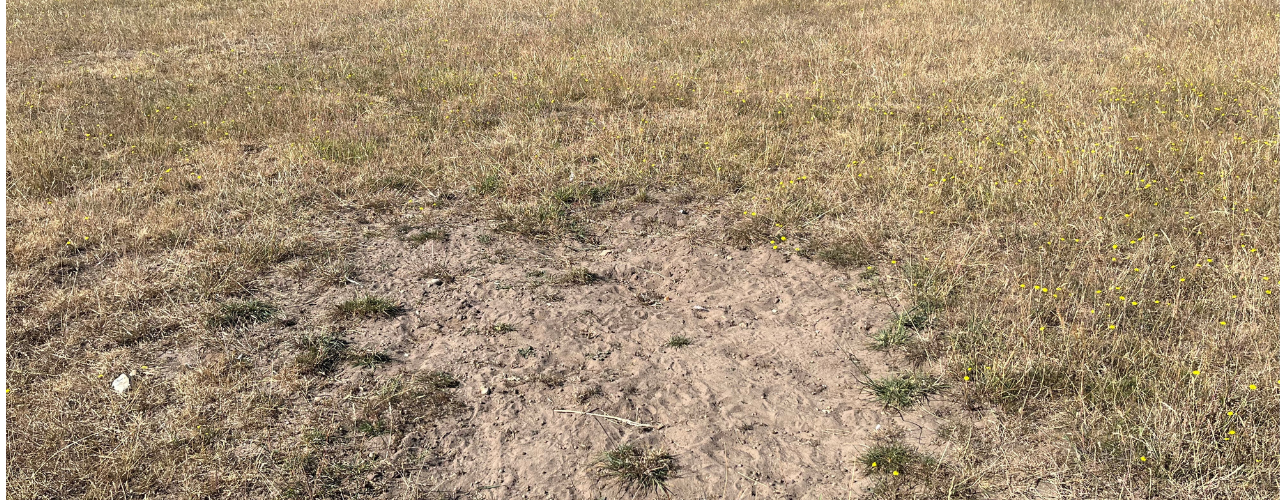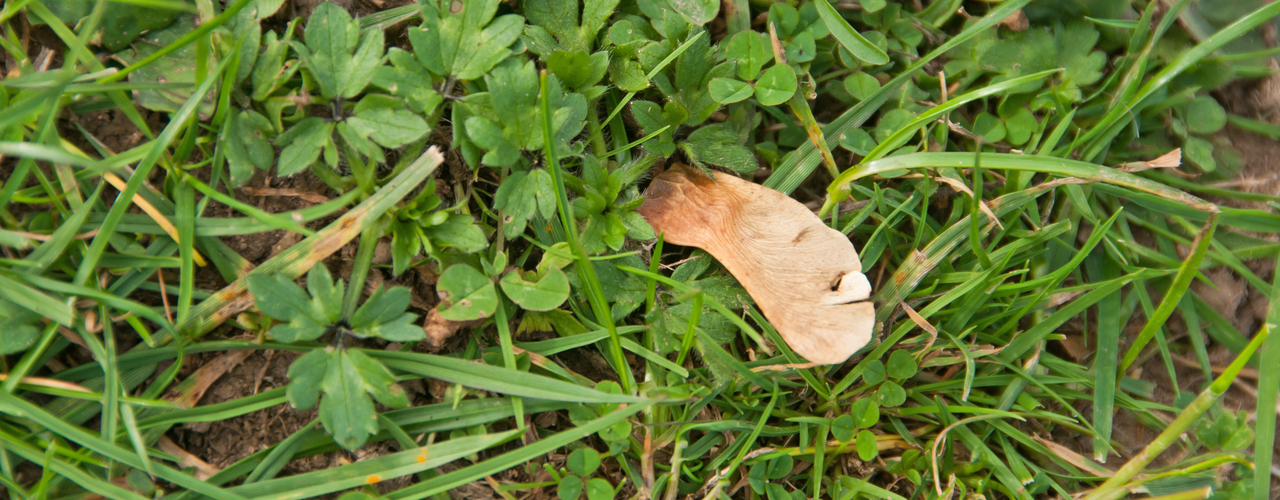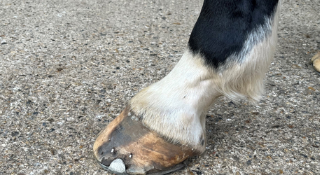
Be sand colic savvy
Keeping your horses on light sandy soil can mean less mud in the winter and easier paddock maintenance come the spring but with it...
13 July 2022
Read More
What is equine atypical myopathy? Atypical Myopathy is a potentially fatal muscle disease in horses and mostly occurs in the autumn and spring.
It is caused by ingestion of the toxin hypoglycin A, which is contained in tree seeds including that of the sycamore (Acer Pseudoplatanus). The sycamore is the most common source of the toxin in the UK while the box elder tends to be the culprit in North America.
Is my horse at risk?
Sycamore seeds appear in the autumn and their helicopter-shape enables them to travel several hundred metres in high winds. The seeds can also be spread via floodwater and seedlings at the edge of watercourses can contaminate water supplies.
It is likely that horses don’t find sycamore seeds particularly palatable but horses on poor quality pasture may be tempted to eat them.
Cases of atypical myopathy are more likely in autumn as a result of horses ingesting seeds but a peak also occurs in the spring due to them eating sycamore seedlings that are also high in the toxin Hypoglycin A.
How can I reduce the risk of atypical myopathy?
Spot sycamore trees on or near grazing land and keep horses away from areas where seeds are falling. Alternatively you can collect the seeds but you will need to be meticulous.
Give horses alternative forage to prevent them from struggling with bare pasture and inadvertently ingesting any rogue seeds.
Check your horse frequently even if they have been removed from access to sycamore seeds because the disease can strike up to four days after exposure.
Should I chop down sycamore trees? No, this isn’t the best idea because when the trees are loaded with seeds it could cause substantial contamination of the pasture. If you want to fell trees when they are not carrying seeds you must remember to check local regulations, tree protection orders and who actually owns the trees.
Signs that your horse may have atypical myopathy
The signs vary but it’s important to watch out for:
It is vital to call your vet immediately if your horse is showing any of these signs. Early intervention is imperative to give your horse the best chance of survival. Check your pasture for seeds so that you can advise your vet accordingly and remove all other horses from the affected pasture.
Did you know?
The amount of toxin in a seed or seedling varies and a horse’s susceptibility to the disease varies too. Young horses are particularly vulnerable but any age can be affected.
Your vet can conduct a blood test to measure exposure to the hypoglycin A toxin and make a diagnosis, thanks to research funding from The Horse Trust.
If you can’t clearly identify a sycamore tree there is a tree test available from the Royal Veterinary College as a result of work funded by The Horse Trust.
References:

Keeping your horses on light sandy soil can mean less mud in the winter and easier paddock maintenance come the spring but with it...
13 July 2022
Read More
The fetlock is a hard-working, high motion hinge joint. It is the meeting point of the cannon bone, proximal sesamoid bones and th...
20 June 2022
Read More